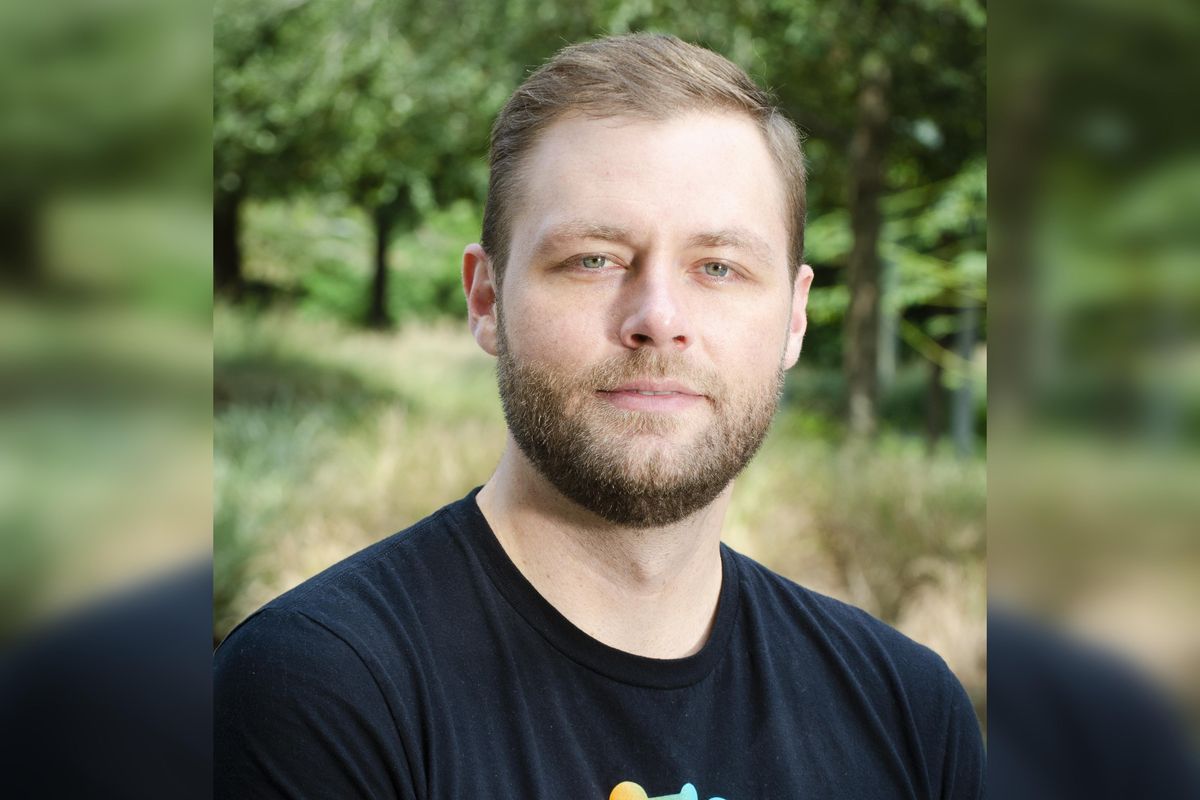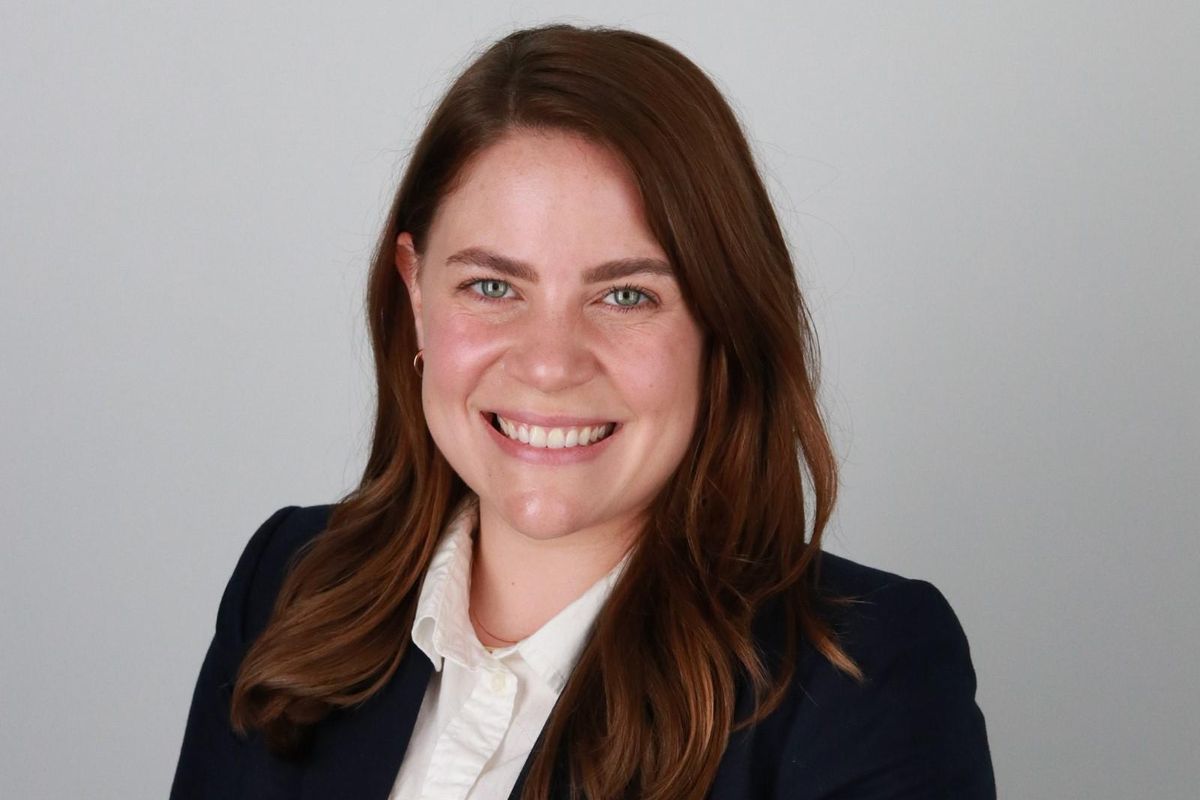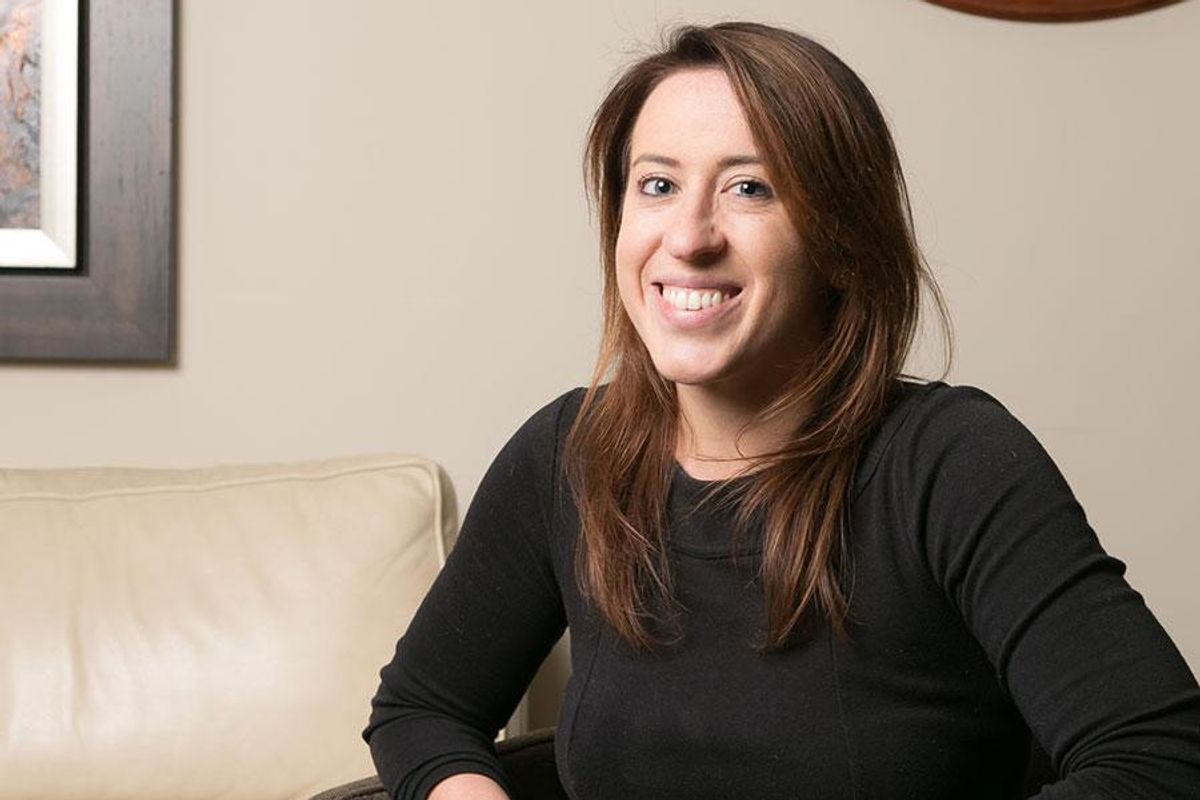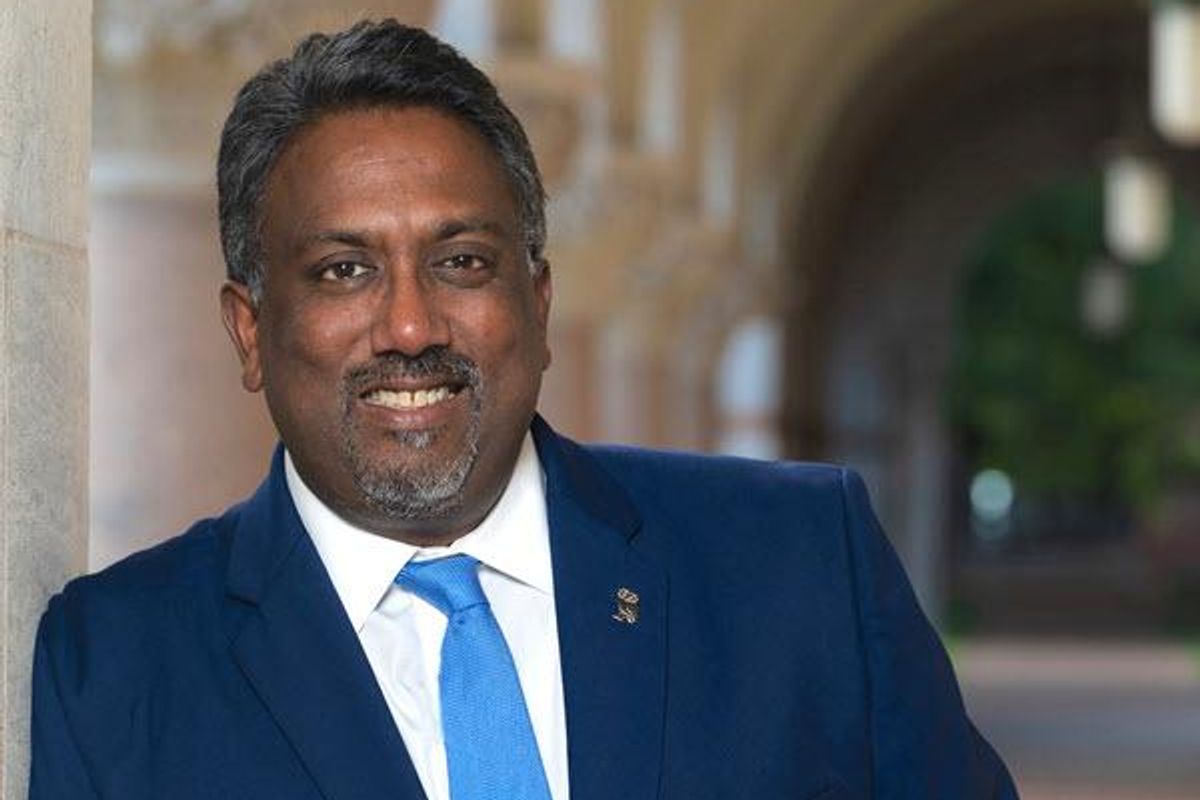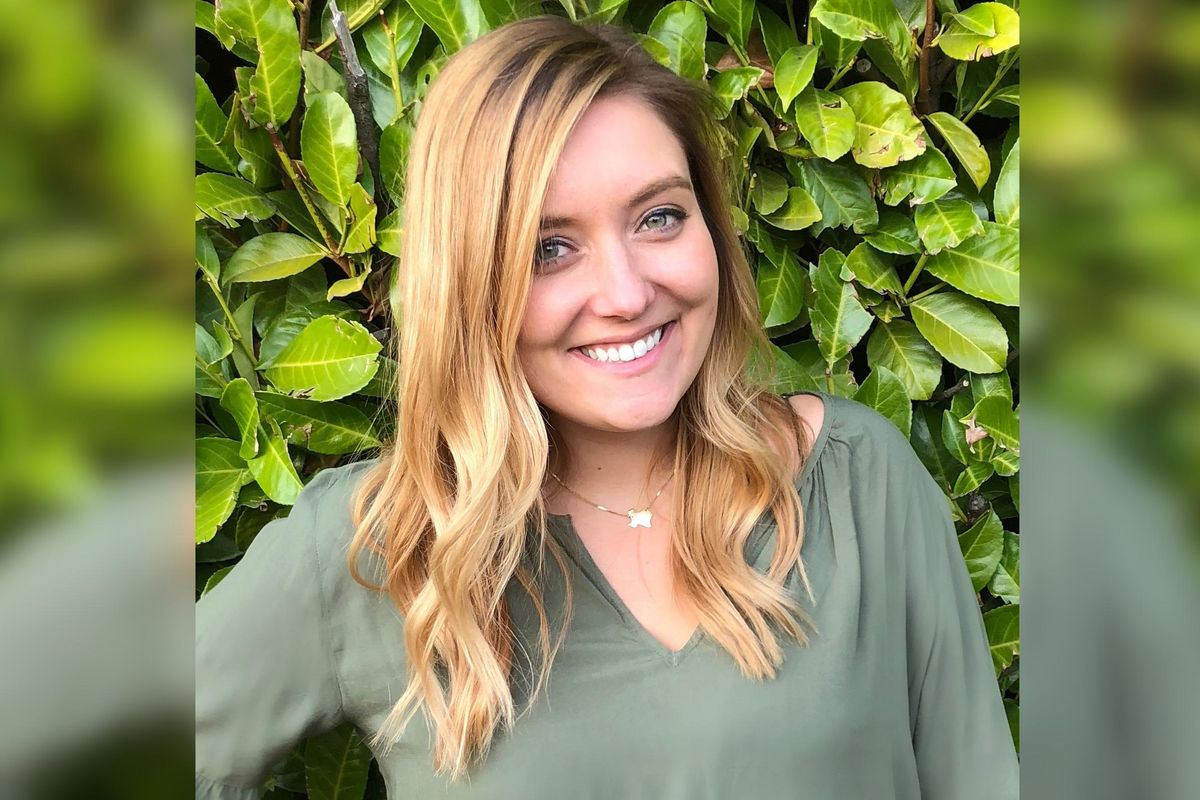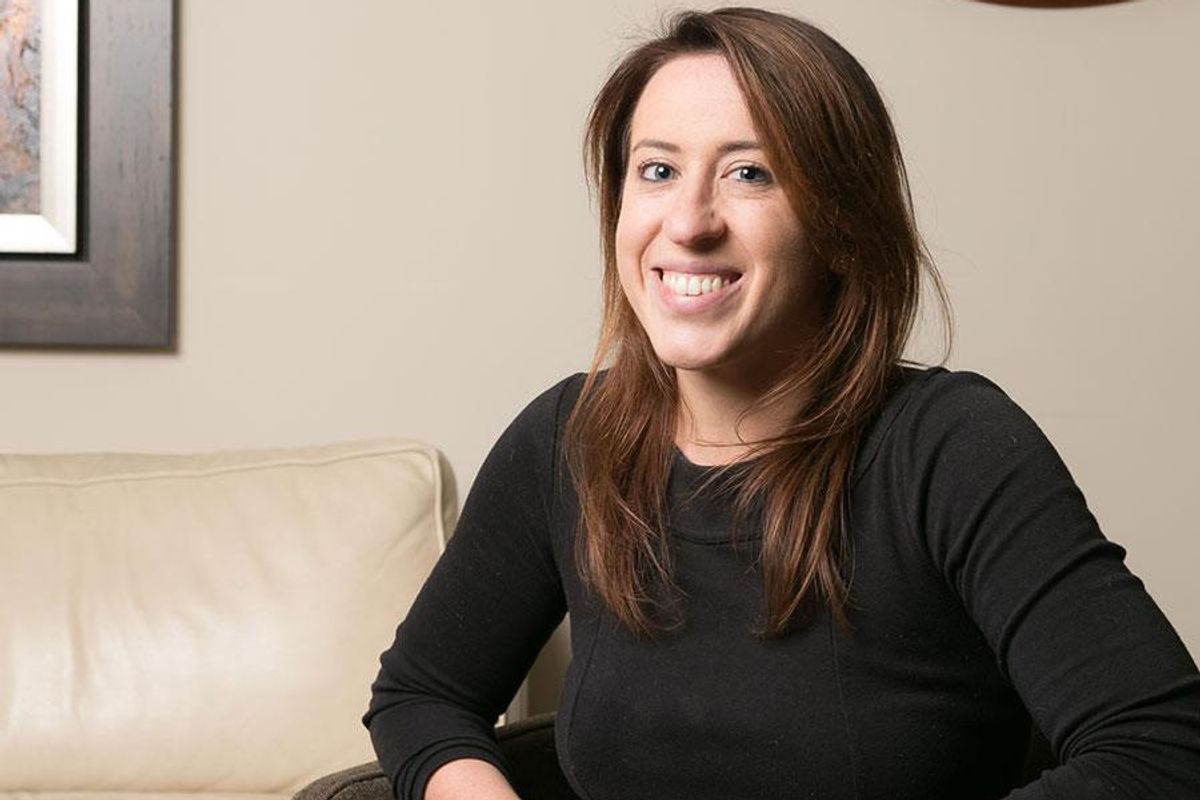It'll be a different kind of summer for two early-stage, university-affiliated accelerator programs that work in tandem to grow a cohort of startups.
University of Houston's RED Labs and Rice University's OwlSpark are re-imagining their programs this summer to make the most out of a virtual accelerator, which begins today, May 21, with 17 teams of startups.
"No doubt that COVID-19 will have a big impact on our program," says Kerri Smith, managing director of OwlSpark. "In the long run, there will always be the likely requirement of human-to-human interaction in the startup world — particular when it comes to generating business, meeting with customers, and securing investments — but from the training aspect, I think we are going to be able to provide something of value."
Smith says she has worked with Kelly McCormick, managing director of RED Labs, in preparing for this virtual programming in order to maintain the same level of support for the startups by using tools like Zoom, Skype, the Google Suite, and more.
McCormick, who is also an instructor at UH, has had the opportunity to test out having guest speakers in her class last semester and found that the virtual aspect was an opportunity to reach speakers that would otherwise be unavailable to come to campus.
"With challenges comes opportunities, and I think we're going to be able to deliver the same impactful content that we want to, just in a different way," McCormick says.
One challenge for the cohort will be conducting the customer engagement part of the experience virtually. Founders, Smith says, will have to focus on online customer discovery. Similarly, the startup pitch training will have to pivot to focus on pitching to a webcam.
"We've worked hard to design an experience around the reality that they are currently navigating, because it's a different reality right now," Smith says.
"Our primary goal is to create a culture of advocacy among our two cohorts, but also to help them develop some personal resiliency," Smith continues. "Challenging times reveal character in people and helping them develop some personal resiliency skills is going to come along with some of the things we are working with this summer."
The two programs were planned to have a new home in The Cannon Tower downtown this summer, which would have allows for face-to-face networking and collaboration. McCormick says they've planned virtual trivia, socials, and lunches to try to recreate the camaraderie of working together in a remote capacity.
"There's potential that we'll have some events in person, but that's really based on the guidance of our universities," McCormick says. "We'd love to have some opportunities in person, but it's really a matter if what's safe, and we're not going to require it."
Also new this year for Class 8 is a pilot program that incorporates startups from another university. Eight of the 17 teams in the cohort are from UH, while the other nine are representing Rice. However, through a partnership with the McFerrin Center for Entrepreneurship at Texas A&M University, three of Rice's teams hail from A&M.
"It's an experiment to expand the program by inviting other university teams," Smith says, adding that the partnership also allows the accelerator to tap into A&M's network of advisers. "Depending on the data at the end of the summer and the experience and value add, we'll evaluate whether or not that's something we want to continue doing."
The new virtual nature of the program allows for remote access for those founders based in College Station, as well as the founders who, due to campus shutdowns, were sent home mid semester in light of COVID-19.
The recruiting process was also done virtually, and McCormick says she did see a decrease in applications compared to last year — but the quality of the applicants was strong.
"There were definitely some difficult decisions," McCormick says. "The teams that did apply were a high caliber. They were really dedicated to going through the program — whatever it might looked like."
The program takes place over 12 weeks and concludes with a pitch event called the Bayou City Showcase. At this point, the event, which is usually live-streamed and held in front of an audience, is planned to still take place, however, McCormick and Smith say they aren't sure if there will be a physical event or if it will be online only.
Below is a list of descriptions for the 17 teams and the solutions they are providing.
- an affordable, portable, imaging system capable of diagnosing diabetic retinopathy for low-resourced and underserved communities
- an agricultural platform for use in urban settings that enables horticulturists to measure and record plant growth, detect disease, and recommend corrective actions
- a suite of imaging and software tools that detect bleeding vessels in real-time surgery enabling surgeons to precisely locate and prevent life-threatening hemorrhages
- an imaging device that enables healthcare professionals performing endovascular procedures to accurately visualize vascular access in a patient
- a screening device that predicts biological hazards in pharmaceuticals and cosmetics without the use of animal models
- an exercise platform for use in analyzing, critiquing, and correcting the form of individuals and athletes performing stationary exercises
- an interactive content platform that uses data analytics to enable creators and viewers to more selectively choose content
- a non-invasive skincare system that profiles the molecular concentration of the skin and creates customized formulations of products
- a centralized pharmaceutical resource that enables women to make personalized and more informed decisions in contraceptive care
- an advanced, improved diagnostic tool for optometrists
- a user friendly toothbrush that monitors oral health
- a portable cooling device that provides relief for symptoms of menopause
- a physical therapy device that aids individuals with arm injuries in recovering their mobility quickly
- a software that uses existing wifi to detect and alert help when an individual falls in their home
- an improved air filter that decreases the amount of time users have to change the filter
- a program that helps individuals invest in dividend producing stocks
- a device that attaches to wheelchairs and raises the user so they can reach higher surfaces





 Carolyn Rodz, founder and CEO of Hello Alice
Carolyn Rodz, founder and CEO of Hello Alice
